Saffron stigmas have been used in the treatment of a wide range of diseases such as gastrointestinal, allergic asthma, respiratory congestion, fever, and pain, as well as eye and brain diseases in the Indian and Iranian traditional medicine systems. There are some claims about the benefits of saffron on the neurological function in both males and females.
In the last 2 decades, the effects of saffron supplementation in the treatment of a wide range of cardiovascular diseases (CVD), diabetes, mental disorders, behavioral disorders, neurological diseases, reproductive system dysfunction, and eye diseases have been the subject of various preclinical and clinical studies. Such studies are mostly focused on the anti-inflammatory and antioxidant properties of the most expensive spice in the world.
There are different reports on the effect of active compounds of saffron, saying that it changes the levels of chemicals like dopamine, norepinephrine, and serotonin in your brain. The lack of such neurotransmitters in our brain leads to the lack of our ability to control our emotions and stress. So, the “red gold” which is well-known as an all-natural mood booster can harness your stress which is significantly detrimental to our cognitive performance and takes us out of mood balance.
Stressful Modern life
Our modern life has made everything faster and improved our quality of life. This speed has brought a lot of travel physically and virtually; we can go from one place to another very quickly. We can talk or see with our friends on the other side of the world almost whenever we want. We have found or are close to finding cures for many deadly infectious diseases and types of cancer. But now we are facing another increasing wave of diseases like complicated cancer, diabetes, and cardiovascular diseases, and last but not least, diseases that mainly target our brain and lead to cognitive decline. It seems that our brains are not designed for such speed. Traditional quiet lives are compatible with our brain health. This idea has led many people to use traditional treatments and herbs instead of conventional Medicine with lots of adverse effects.
Since ancient times, saffron has been used as a plant that causes happiness and laughter. In Eastern countries, including Iran, India, and China, it was used as a spice to control feelings of sadness. Particularly, in Iran, people used saffron for food after the funeral ceremony. This custom is still alive in Iran.
Multi-factorial and Multi-functional
Diseases related to our nervous system, such as Alzheimer’s or Parkinson’s, are still among the diseases that do not have a cure and many doctors warn that they should be prevented because the chemical drugs on the market are practically single-agent drugs that are only used to control the side effects of this disease. Diseases or slowing down their progress have been fixed and cannot be cured. In this situation, herbal medicines and natural products in general, which contain a set of chemical compounds, can effectively deal with multi-factorial diseases that target our cognitive system.
The following article is a review of preclinical and clinical studies on the effect of saffron on brain disorders like depression and anxiety and also on Neurodegenerative diseases which reduce our cognitive abilities.
Magical components of Iranian saffron
The saffron active constituents can be divided into volatile and non-volatile. About 150 volatile and non-volatile compounds and nearly 50 ingredients identified in saffron form a long list that we are not going to mention all of them here.
Volatile substances
The components of this spice include soluble extract (41-44%), water (14-16%), sugar (12-15%) nitrogenous substances (11-13%), and essential vitamins riboflavin (vitamin B2) and thiamine. (Vitamin B1) can be seen in saffron, considering that saffron riboflavin with 56 to 138 micrograms per gram is the highest amount among all foods, this spice holds an interesting record. Small amounts of beta-carotene, essential fatty acids, linoleic, and linolenic acids are also found in saffron. A long list of Sterols such as Campesterol, stigmasterol, β-sitosterol, oleanolic, ursolic, palmitoleic, palmitic, and oleic acids have been identified in the saffron. The most volatile compounds found in saffron are terpenes, Terpene alcohols, and their esters
Non-volatile compounds
Picrosin, Safranal, Crosetin, Crocins, and Flavonoids (are non-volatile compounds of the most expensive spices in the world. Crocin as the main active saffron constituent, is a water-soluble carotenoid, and it determines the color of the spice. Safranal provides the characteristic aroma of saffron.n
And picrocrocin, as a safranal glycoside, is responsible for its bitterness. The presence and special ratio between these four compounds make saffron stand out in terms of value and versatility in food and medicine.
Contents of Active, let’s say magical, ingredients of saffron including Carotenoids (Crocin, Crocetin), Monoterpene Aldehydes (Picrocrocin, Safranal), Monoterpenoids (Crocusatines), Isophorones, and Flavonoids varies from region to region. So, as the most of research on saffron is conducted by Iranian researchers, we have to emphasize that by saying saffron we mean Iranian saffron. Iran is the top producer of this glorious spice and in terms of quality Iranian saffron is incomparable with Spanish or Indian ones.
Wide efficacy of Saffron
According to a comprehensive review done by Bian et al, both preclinical and clinical trials suggested that therapeutic applications of saffron can help cure or slow down diseases of the central nervous system. This effectiveness is safe meaning that saffron usage for such diseases has no serious side effects.
Saffron extract has been applied to deal with a wide range of cognitive/mental diseases or disorders including depression, anxiety, Alzheimer’s, Parkinson’s, Schizophrenia, Epilepsy, and even stroke with meaningful results.
Depression and anxiety
Depression is a growing concern in recent human societies. More than 21% of the population of the globe is developing a kind of depression. Saffron compounds make it one of the best natural antidepressants, which can reduce depression symptoms mainly by increasing the level of serotonin and some other neurotransmitters.
Various studies proved that saffron aqueous extracts act as an antidepressant in various experimental depression models. On the other hand, compared to imipramine or citalopram as the two main drugs prescribed for depression, saffron exerted fewer adverse effects.
The findings of other studies indicate that saffron can act like Fluoxetine (one of the main drugs in conventional medicine) in reducing mild to moderate depression, while no adverse event was reported in the saffron treatment groups. Crocin and aqueous extracts of saffron can lessen symptoms of obsessive-compulsive disorder and Stress-Induced Anorexia as other manifestations of anxiety disorder.
Alzheimer’s Disease and Parkinson’s Disease
Alzheimer’s disease is a neurodegenerative disease (one of the types of dementia) that eventually leads to the loss of memory and learning ability. It is expected that by 2040, about 50 million people will be diagnosed with Alzheimer’s disease type dementia. Along with the therapeutic effects of saffron on different brain disorders, it has been proven that this spice reduces the symptoms of mild to moderate Alzheimer’s disease. Let’s remember that people suffering from Alzheimer’s also suffer from depressive disorder and anxiety, and as mentioned above, the ability of people to treat these two conditions has been determined.
Parkinson’s disease is another paralyzing neurodegenerative disease characterized by the loss of dopaminergic neurons in our brain leading to motor deficits. Symptoms like tremors, bradykinesia(slowness of movement or progressive hesitations/halts), rigid muscles, impaired balance, and loss of automatic movements are the main symptoms of Parkinson’s Disease.
Investigations on the beneficial effects of Crocin, Crocetin, and Safranal on Parkinson’s Disease proved that saffron protected nigral and retinal dopaminergic cells in mice against the impairment. In particular, Crocin can improve motor deficits in rats. safranal antioxidative properties and antiapoptotic power can protect primary dopaminergic cells against oxidative stress. Saffron and its constituents crocin and crocetin were also shown to exert neuroprotective effects by inhibiting the aggregation and accumulation of Alpha-synuclein as a protein that accumulates in the brain when you suffer from Parkinson’s disease.
PTSD, Schizophrenia, Epilepsy
Facing a catastrophic incident such as a natural disaster, war, serious accident, etc, could lead to Post-traumatic stress disorder (PTSD). Both saffron extract and crocin could promisingly act like a drug, due to their ability to diminish the Plasma Corticosterone (a hormone necessary to regulate our energy, immune reactions, and stress responses) level as well as the anorexic time in a PTSD rat model.
Abnormal behavior, strange speech, a lack of understanding of the boundaries of reality and hallucination, and social and individual dysfunction are reported in schizophrenia patients. Because Ketamine tablets are one of the most common drugs used to control the symptoms of schizophrenia, Georgia Georgia et al. found that crocin can reduce ketamine-related hyperactivity, stereotypies, and ataxia. Saffron water-based extract and crocin had no side effects in patients suffering from schizophrenia, according to Mousavi et al.
Safranal anticonvulsant ability could control or delay the burst of uncontrolled and temporary abnormalities in muscle movements of those who suffer from Epilepsy. Also, the application of Crocin had a similar anticonvulsant effect to the diazepam pill (10 μg) in the penicillin-caused epilepsy rat model. Both aqueous and ethanolic extracts of the most expensive spice in the world may be beneficial to seizures.
Even stroke
One of the major causes of mortality around the globe is stroke. Lots of evidence tells us that oxidative stress and inflammation in ischemic areas are in charge of the deadly progression of stroke. Oxidative stress particularly plays an important role in stroke and is one of the factors responsible for the death of a kind of brain cells. Crocin has the potential to impede the death of hippocampus neuronal cells subjected to experimental ischemia as its antioxidant effects are stronger than those of alpha-tocopherol.
Saffron extract or any of its active ingredients i.e. Crocin, Crocetin, and Safranal can protect these cells against ischemic damage because they can improve over-oxidation and increase antioxidant activities in mouse models. In a recent randomized clinical trial, patients with acute ischemic stroke used saffron capsule therapy (200 mg/day), and the severity of stroke was significantly reduced within the first 4 days.
Conclusion
Crocin, crocetin, picrocrocin, and safranal are kind of magical constituents in the most expensive spices in the world, saffron which have different biochemical and pharmacological functions.
Saffron and its compounds have many therapeutic effects in improving mental disorders and neurological diseases. Various clinical and preclinical studies have proven that the saffron neuroprotective capacity can reduce the symptoms of depression and anxiety in patients with these disorders. Specifically, in the case of Alzheimer’s and Parkinson’s patients, as two nerve-destroying diseases, by consuming saffron, they can experience a significant improvement in their cognitive impairment. These studies promise us that in the future researchers will develop new neuroprotective drugs using saffron compounds. Queen of Flowers Company is proud to be a trusted source for delivering the best possible quality of saffron to its customers, while developing the art of cooking, to help them prevent various diseases related to the nervous system.
FAQ’s
Can saffron improve cognitive function?
Based on experiments carried out on those who suffer from mild to moderate Alzheimer’s disease, saffron helps improve cognitive function and enhance our memory and learning.
What are the main ingredients of saffron that play a role in controlling neurological diseases?
Saffron threads are composed of 150 different substances, but the greatest effect of saffron on neurological diseases and mental disorders is related to four effective substances: Crocin, Crocetin, safranal, and Picrocrocin.
What kind of cognitive diseases is saffron effective in treating?
Depression and anxiety disorder, Alzheimer’s, and Parkinson’s are diseases that saffron can treat or at least slow down their progress. The most expensive spice in the world can also have a positive effect on other neurological disorders like schizophrenia and epilepsy.




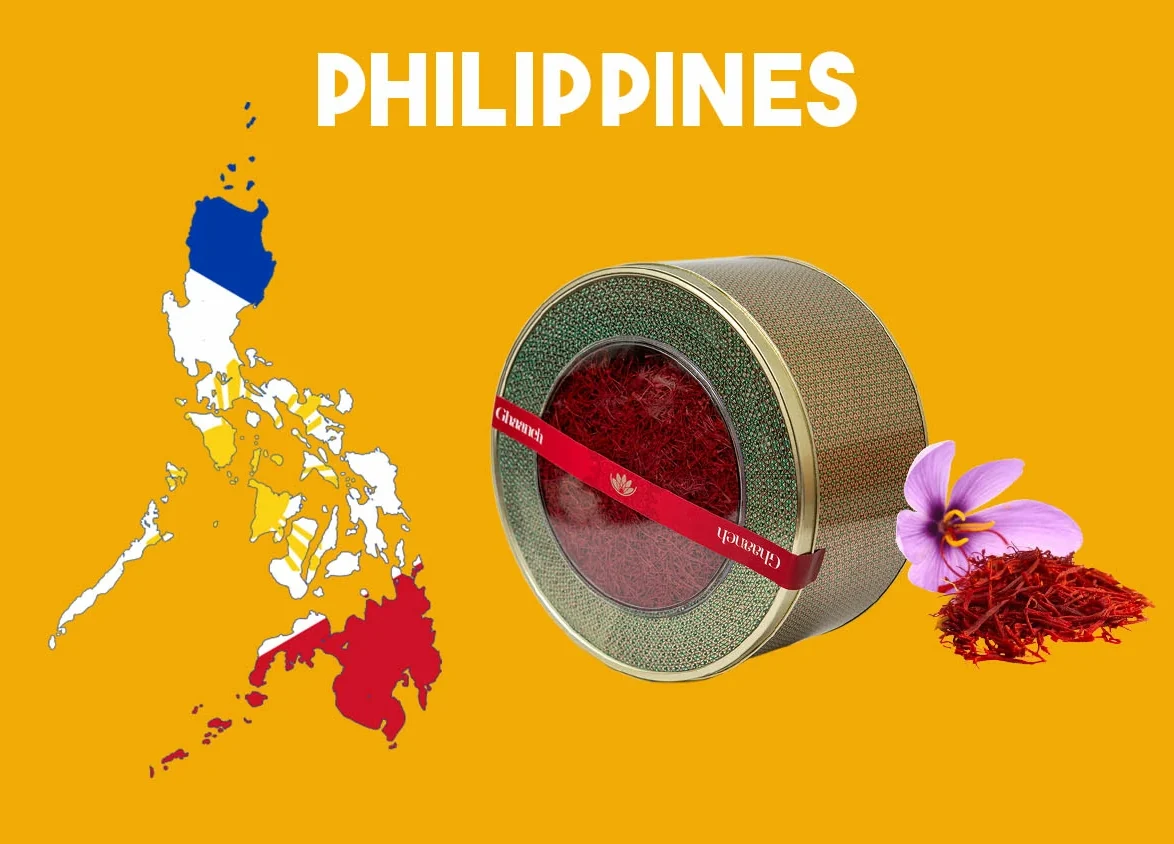
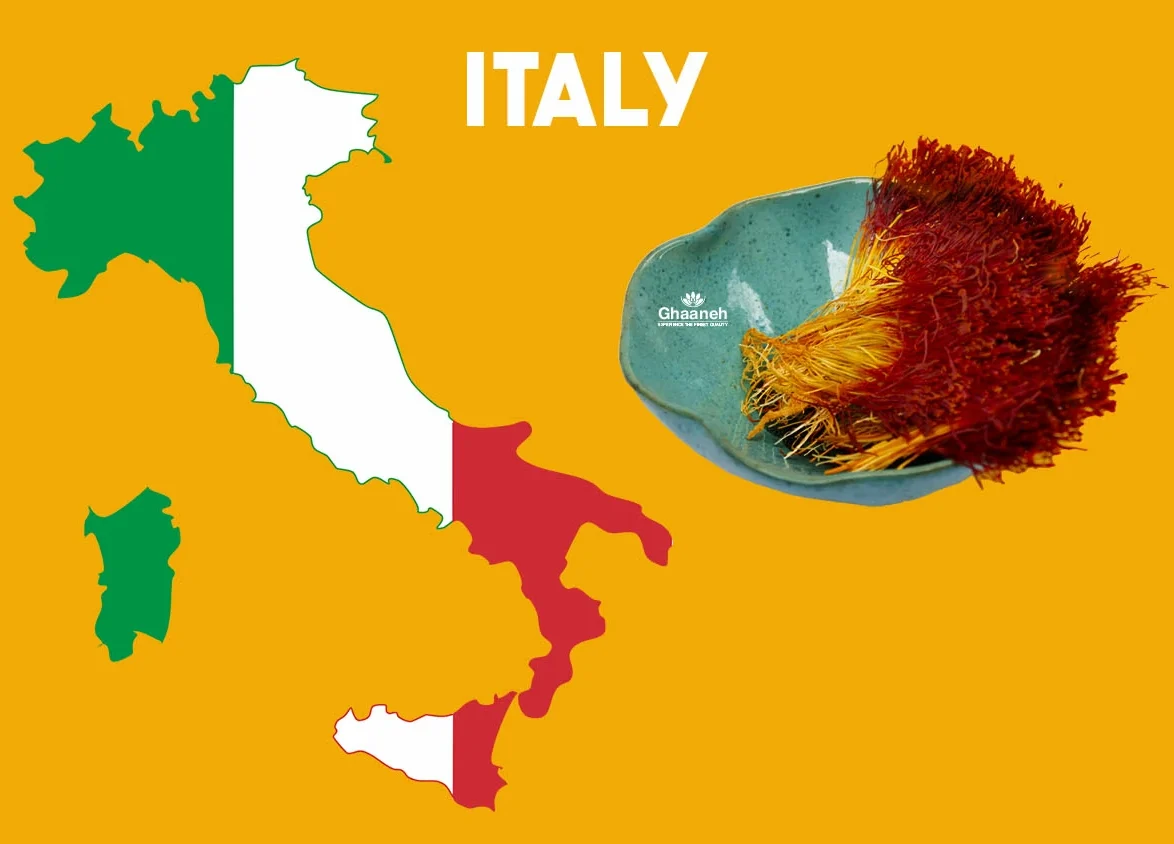



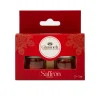
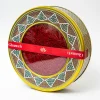
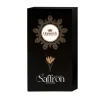
This was good info, i thank you very much!